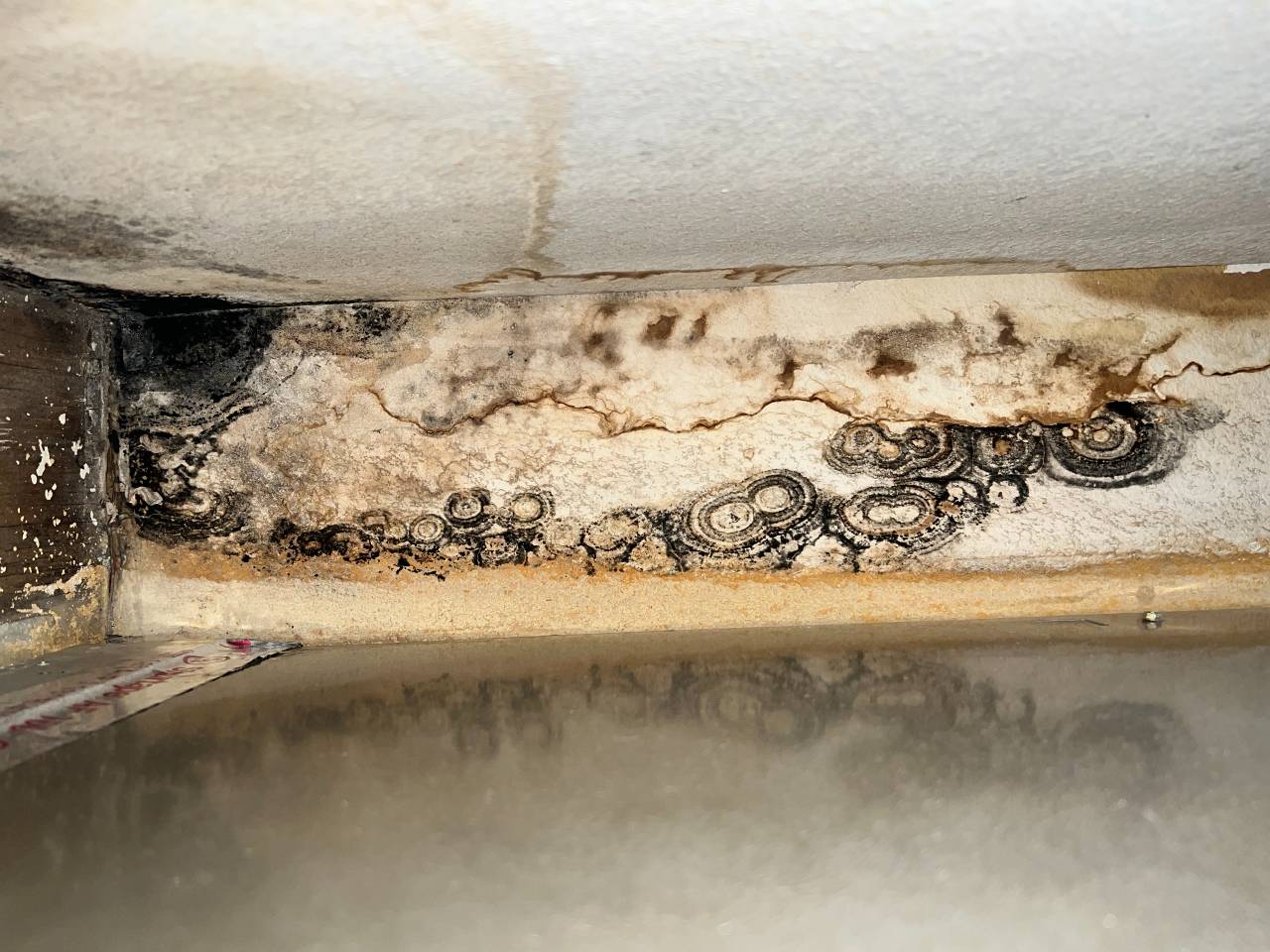Testing Air Quality After Mold Remediation
Testing Air Quality After Mold Remediation
Blog Article
Your Ultimate Guide to Message Mold Removal Methods
Browsing the realm of post-mold remediation techniques is a precise procedure that requires focus to information and a detailed understanding of the ins and outs entailed. In the results of mold and mildew invasion, knowing just how to efficiently eliminate the mold and mildew and avoid its reoccurrence is critical for maintaining a healthy interior atmosphere. From selecting the right cleansing and decontaminating techniques to implementing techniques for long-lasting mold avoidance, each step in the removal trip plays a crucial function in ensuring an effective end result. As we begin on this expedition of post-mold remediation methods, we will certainly discover the key methods and best techniques that can aid you restore your area to its pre-mold problem and guard it against future mold and mildew risks.
Comprehending Post-Mold Removal Process
After completing the mold removal process, it is essential to recognize the post-mold remediation techniques that are required to guarantee a efficient and extensive clean-up. As soon as the mold and mildew has actually been gotten rid of, the next action includes cleansing and disinfecting the influenced locations to stop any regrowth of mold and mildew. This consists of making use of specialized cleansing agents to wipe down surface areas and eliminate any kind of continuing to be mold and mildew spores. It is vital to dry out the area totally to inhibit the growth of mold and mildew in the future (testing air quality after mold remediation). Correct ventilation and dehumidification can help in this process.
Moreover, carrying out a final assessment post-remediation is vital to make sure that all mold and mildew has been successfully eliminated. If the examination discloses any kind of sticking around mold, additional removal may be required.
Effective Cleansing and Decontaminating Methods

Stopping Future Mold Growth

Relevance of Appropriate Ventilation
Appropriate ventilation plays a vital function in preventing dampness accumulation, a crucial consider mold development within indoor environments. Efficient air flow systems aid eliminate excess moisture from the air, reducing the opportunities of mold spores locating the wetness they require to sprout and spread. Without appropriate ventilation, indoor areas can become a breeding place for mold, causing potential wellness dangers and architectural damage.
By making sure proper air blood circulation, ventilation systems can additionally help in drying wet areas extra quickly after water damages or flooding incidents, even more preventing mold development. Post Mold Remediation Report. Precede like bathrooms, attics, basements, and kitchen areas where wetness degrees often tend to be higher, installing and maintaining efficient ventilation systems is crucial in preventing mold and mildew infestations

Surveillance and Maintenance Tips
Provided the crucial duty that appropriate ventilation plays in stopping mold and mildew growth, it is crucial to develop effective surveillance and upkeep pointers to guarantee the continued functionality of air flow systems. Routine evaluations of ventilation systems should be conducted to look for any kind of signs of clogs, leaks, or malfunctions that can impede correct airflow. Monitoring humidity degrees within the residential or address commercial property is additionally essential, as high humidity can add to mold and mildew development. Mounting a hygrometer can aid track humidity degrees and sharp house owners to any kind of spikes that might require attention. Additionally, making certain that air filters are frequently cleaned or changed is vital for preserving the performance of the air flow system. Applying a timetable for regular upkeep jobs, such as air duct cleansing and cooling and heating system inspections, can aid avoid problems before they intensify. By remaining positive and conscientious to the condition of ventilation systems, building owners can properly reduce the risk of mold regrowth and maintain a healthy indoor atmosphere.
Final Thought
In conclusion, post-mold remediation strategies are vital for making sure a tidy and safe atmosphere. Recognizing the procedure, carrying out effective cleansing and decontaminating techniques, preventing future mold development, keeping correct ventilation, and routine tracking are all critical action in the remediation procedure. By complying with these guidelines, you can effectively eliminate mold and prevent its return, working or promoting a healthy living room for all residents.
In the results of mold and mildew infestation, recognizing how to successfully get rid of the mold and mildew and prevent its reoccurrence is critical for keeping a healthy interior atmosphere. Once the mold has been removed, the next step involves cleaning and disinfecting the affected areas to avoid any kind of regrowth of mold - what to do after mold remediation. After removing visible mold and mildew growth, it is crucial to cleanse all surfaces in the damaged area to eliminate any type of staying mold and mildew spores. To additionally improve mold and mildew prevention measures, it is vital to resolve underlying issues that initially led to mold advancement.Given the epa mold removal guidelines crucial duty that proper ventilation plays in protecting against mold growth, it is imperative to establish efficient surveillance and upkeep tips to make sure the ongoing capability of air flow systems
Report this page